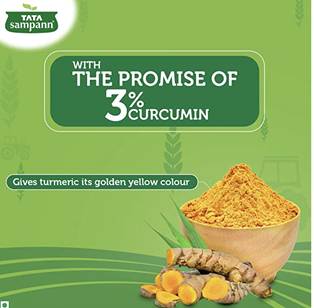Does Amla contain Vitamin C
23 Jun 2021
In my last post I talked a little bit about industry regulations and why some brands may flout these norms. This week I want to talk a little bit about brands that skirt these regulations—riding the border between compliance and non-compliance—and mislead their customers in the process. These brands in the supplement industry have perfected the art of “managing” their labels and formulas to make claims about their products that aren’t true.
One of the most common methods is to use a large quantity of whole herb—say Amla, or Turmeric—in a product, claim all sorts of medicinal or nutritional benefits, but have little concern for the actual concentration of active phytochemicals contained within the product.
Wait! Slow down—whole herb? Phytochemicals?
A quick chemistry lesson here will help.
WHOLE herbs are exactly what they sound like—the entire, actual plant matter, usually dried, ground and then encapsulated.
PHYTOCHEMICALS, also called standardized plant extracts, are the active components in a plant that provide it with its medicinal and bioactive properties, as well as its colour. We call these extracts standardized when we can guarantee a consumer is getting a product in which the phytochemicals are consistent in every batch.
Here’s an example: Turmeric, or haldi, is a powder that is made of the root of the curcuma longa plant. A standard haldi powder will contain somewhere between 2-5% curcuminoids—the active components that provide it with its powerful anti-inflammatory properties.
 Tata Sampann Haldi for example, contains curcuminoids in this range. We would call this a whole herb product, because no extra processing occurs to increase the concentration of active properties—here, curcuminoid—in the product. This might be great for taste or color, but does little to magnify the medicinal value of the herb.
Tata Sampann Haldi for example, contains curcuminoids in this range. We would call this a whole herb product, because no extra processing occurs to increase the concentration of active properties—here, curcuminoid—in the product. This might be great for taste or color, but does little to magnify the medicinal value of the herb.
Enhancing the bioactives in a natural product requires a process called extraction. My forefathers, when they founded the family business in the 1970s, were pioneers in the creation of new extraction processes for natural products. When they began shipping raw spices far and wide for a variety of uses, they discovered, through a few simple chemical reactions, that they could enhance different facets of each herb—focusing either on taste, smell, colour, bioactivity, or some combination of the four.
As the name of the process suggests, you use extraction when you want to isolate a specific compound, or set of compounds, from a mixture. In the case of plant extracts, this involves isolating and extracting bioactive phytochemicals from the whole herb. This is done using a solvent, or liquid, that helps absorb only the desired material. The solvent can then be reduced so that only the extract remains in its purest form.
Skin: Renew - Glutathione - Orange Flavour
- ₹1,994
- ₹1,994
-
₹2,600 - ( 23% OFF)
Categories
- Choosing a selection results in a full page refresh.
- Press the space key then arrow keys to make a selection.
this is the sidecart












